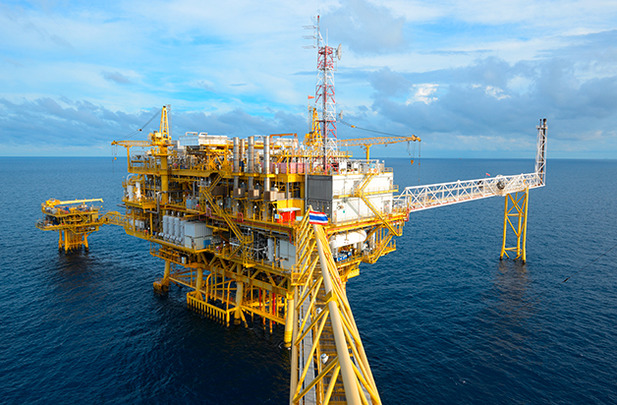

By Chris Wood
Let’s use today’s financial squeeze as a springboard for more resilient and focused growth. Yes, that’s an optimistic approach, but is there any other choice for energy markets right now? We are entering the worst economic blow since the Great Depression in the 1930s.
There isn’t much breathing room between the demand destruction wreaked by COVID-19 – sadly, taking more than 200,000 lives so far – and the tsunami of global oversupply depressing oil prices. For one, US oil plummeted below zero on April 21 – for the first time in history. Never before has the marine fuels supply chain – refineries, ports, storage operators, shipping companies et al – faced such a powerful pressure cooker. We are in entirely uncharted waters. But that doesn’t mean business stops. It just needs to be more determined, more collaborative and learn from each other.
Green shoots ahoy
Strong demand is emerging in both the UAE’s Port of Fujairah and across Asia, thanks to the returning appetite of China, the world’s biggest oil importer. We’ve just reported a record high quarterly shipment volume of 1.3mn metric tons of ultra-low sulfur fuel oil (ULSFO) across Fujairah, the world’s second largest bunkering hub, and Singapore, the world’s biggest. This isn’t to say all is well in the industry, but they are encouraging signs.
In one sense, timing has been fortuitous. The industry would probably not have been as well placed to deal with today’s crisis without the start of IMO 2020 on January 1. Firms have spent the last eighteen months improving the efficiency of their balance sheets in order to cope with the higher fuel prices that were anticipated once lower sulfur fuel oil became compulsory this year in one of the biggest changes in marine fuels since the early 1900s.
Yet instead, fuel prices have fallen from $700/mt in January to $240/mt today – a 65 per cent decline that provides relief to many stakeholders who now find themselves in an unexpected economic battle. Cash reserves will be especially valuable as demand inevitably picks up and those with deep pockets are the most agile and able to lock in market share.
Realistic goals
Real recovery is unlikely gain any significant momentum before 2021, for economic uncertainty remains rampant. Some countries are still at the peak of their demand destruction amid Covid-19 and others may still be affected, i.e. African nations, collectively home to 1.2bn people. It took years for the world to regain its financial footing after the global recession of 2008 and today’s crisis is far more unpredictable. We only need to walk into our local shop to see how the global supply chain and the energy industry facilitating it are suffering: empty shelves and reduced stock abound.
Some solutions to accelerating the recovery may not be popular. The money that governments worldwide are providing in huge stimulus packages must come from somewhere. Amid the uncertainty, one point is clear. Patience will be vital in ensuring we have a steady and sustainable recovery; think rabbit versus the hare. For now, find your ‘springboard’ for recovery and get as much lift as possible.

[Chris Wood is Managing Director, Uniper Energy DMCC]
Oman Observer is now on the WhatsApp channel. Click here



